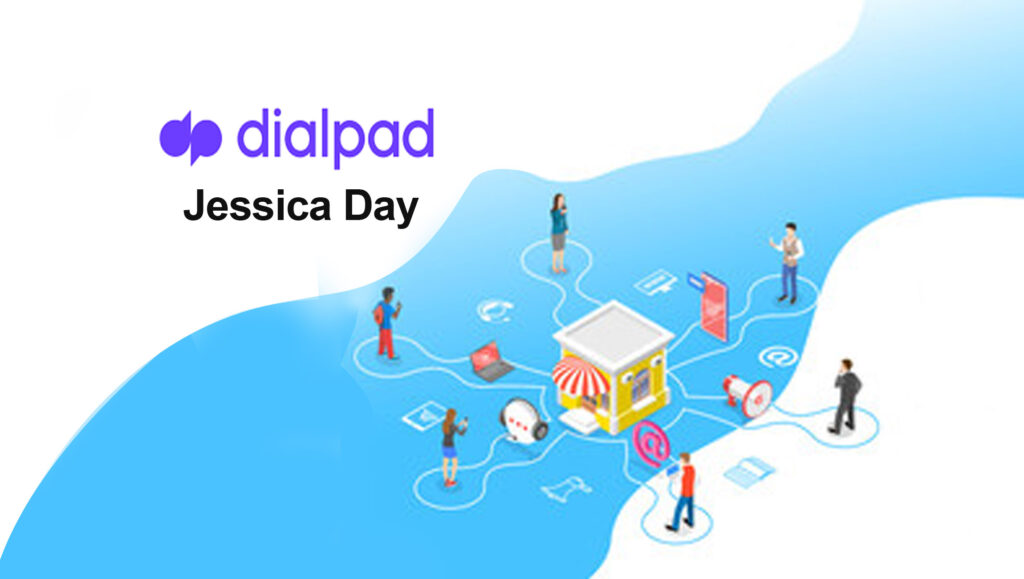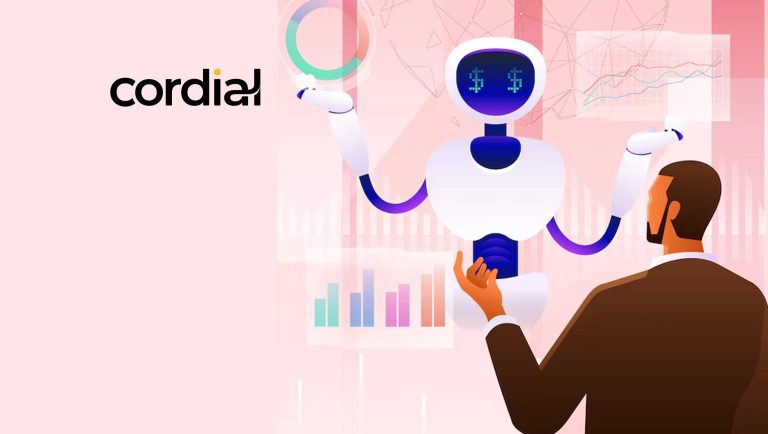The landscape of B2B marketing has seen some significant changes over recent years. Less emphasis has been placed on in-person events and meetings, with firms instead putting more energy into marketing across online platforms. The customer experience as a whole has never been so influential in driving leads and acquiring new customers.
This isn’t the only change, as B2B clients now expect a customer journey more in line with the ecommerce experiences common in B2C circumstances. History, information shared, and requests made are expected to be remembered at every point of contact, creating a seamless transition to the end conversion and beyond.
With these changes in mind, sticking to the same old approach to B2B marketing isn’t going to work. Although consultation calls using VoIP or landline are still important to business, these need to be integrated into the marketing shared on your online platforms, creating a consistent and holistic omnichannel marketing experience for B2B customers.
Marketing Technology News: MarTech Interview with Tugce Bulut, Founder and CEO at Streetbees
What is B2B Omnichannel Marketing?
It’s not as complicated as it sounds. B2B omnichannel marketing is a way of reaching businesses where there is potential for future sales through all available platforms, to create one unified customer experience.
Regardless of whether you make use of email newsletters, social media campaigns, website promotions, in-person meetings, or virtual consultations, this should all be building towards one B2B conversion target.
Looking at the marketing funnel, omnichannel marketing is present at every stage. From building initial awareness in B2B customers, cultivating their interest, and guiding them in their decision-making, to helping customers make a purchase, omnichannel marketing across different platforms helps continually move customers towards a sale.
Essentially, your B2B customers now approach your business through a variety of channels, both online and offline. Different channels may be suited to different styles or forms of marketing, all helping inform and support the B2B customer. Creating a strong omnichannel brand experience means using all these channels to communicate the same messages and build a unified marketing strategy.
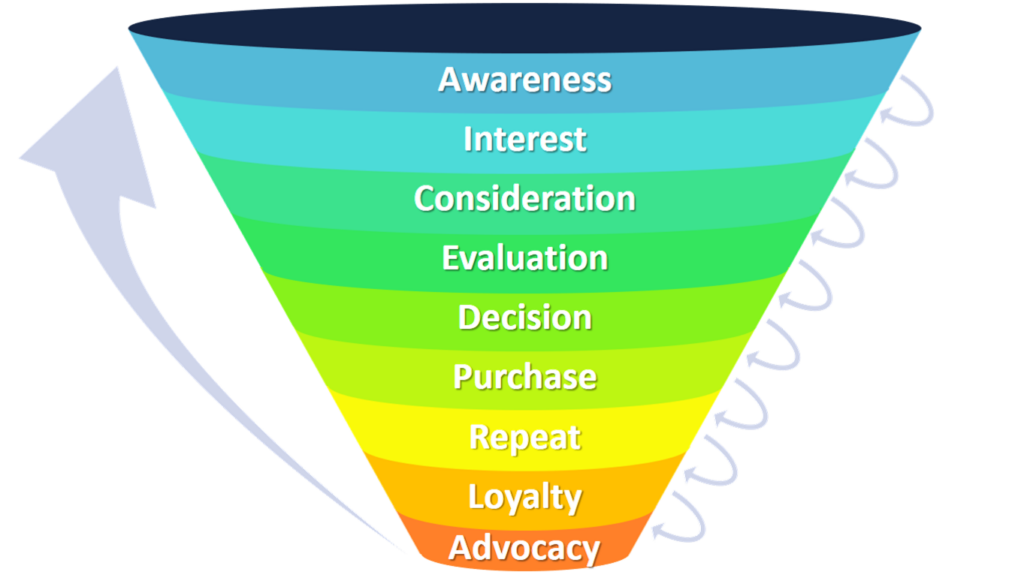
Developing Your B2B Omnichannel Marketing Strategy
Despite marketing being such a key part of acquiring and retaining clients, 21% of B2B marketers don’t have a strategy. Creating an omnichannel experience doesn’t happen by chance. It needs thought and preparation behind it, to unify the various channels of your B2B company.
Using the following seven guidelines, you can create a well-developed omnichannel marketing strategy for your B2B clients.
Identify Your Customers
When strategizing your B2B omnichannel marketing, you must know who you’re targeting with it. There’s no point putting effort and investment into a campaign that’s not engaging to your actual clients or doesn’t reach the platforms that they use.
The more you know about the clients you want to attract and where to reach them, the more effective your omnichannel marketing can be in engaging them and generating leads. That means knowing the decision-makers at companies, as well as the companies themselves.
Create a B2B customer persona, filling in details of their demographics, work environment, character, and home life. Using the metrics from your existing B2B clients can help to inform this persona, adding detail to make it an accurate reflection of the clients you want to attract.
This then enables you to tailor your omnichannel marketing to suit your persona, prioritizing your tasks according to their pain points, most used channels, and their influence on business decisions.
Create Engaging Campaigns
B2B omnichannel marketing is still about capturing the attention of your potential clients, as with all top B2B marketing strategies. Your campaigns need to be interesting and engaging to your audience, helping them through the different stages of the marketing funnel. This will require using your B2B customer persona to identify the marketing content that will most appeal to potential clients.
The customer journey isn’t always linear, with leads often interacting with different parts of the marketing funnel multiple times before purchasing. Therefore, omnichannel marketing campaigns not only attract new B2B clients by raising business awareness, but also help with decision making, building loyalty and advocacy, and maintaining interest.
Not every marketing campaign will succeed in every area, but having a variety of materials across channels helps cover all bases.
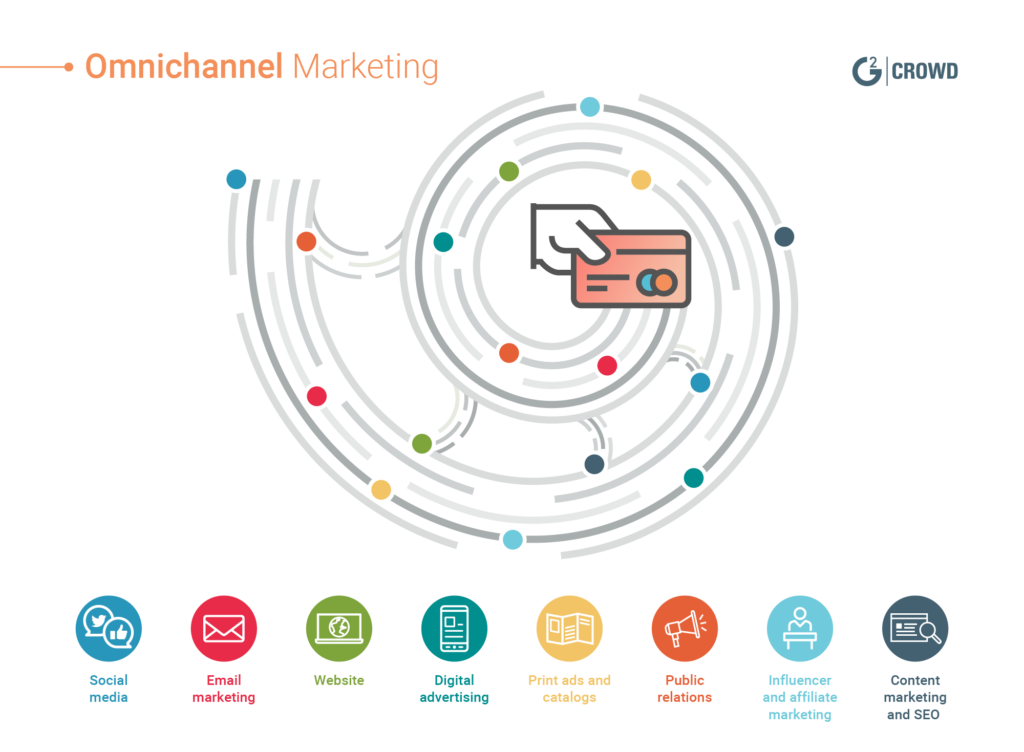
Personalize the Customer Journey
91% of consumers are more likely to shop with businesses that provide relevant recommendations to them. That trend isn’t unique to the B2C environment alone.
This means personalizing your marketing to the businesses and clients you want to work with can have a significant impact on your conversion rate. You can do it using omnichannel tracking, identifying clients across different channels, and using their interaction history with your business to inform your recommendations and suggestions.
Segmenting clients and businesses into different groups can also help target each with relevant marketing across the channels they use. Grouping according to key characteristics, such as job position, stage of the customer journey, previous interactions with you, or business type can give you key aspects to draw on in your marketing. This makes B2B clients feel understood and certain that your services will match their specific needs.
Use Different Platforms for Different Purposes
Omnichannel marketing doesn’t mean that every single platform your business uses has to be the same. Rather, each platform should market in a way that suits it, creating a singular B2B customer experience across channels.
Marketing Technology News: MarTech Interview with Andy Stevens, Chief Data Officer at Clear Channel International
Consider what type of marketing each platform works best with. Video content and influencer marketing may be appropriate on social media, whilst email newsletters are better adapted to signpost subscribers to services and blog posts.
Likewise, B2B clients use different channels for different purposes throughout their customer journey. Arranging a consultation or speaking to a customer service representative will likely occur after they have researched your business online.
Therefore, the purpose of your social media and web pages may prioritize attracting and building interest. However, the purpose of a call or meeting with a B2B client will focus on identifying solutions and making a decision.

Track Communications Across Channels
One of the main challenges with marketing to customers across multiple channels of communication is that it’s easy to lose track of conversations or miss them altogether. However, this communication is central to building a relationship between businesses and prompting a sale.
Tracking conversations with a single client across different channels creates a unified omnichannel experience, making the customer journey smoother.
Getting omnichannel right means collating all communications together, regardless of the platform used. This highlights messages or comments not responded to, whatever channel they are received through, and can also help with tracking a customer journey across many channels.
Knowing what previous communications were made can be integral to creating a personalized B2B customer experience and finding solutions efficiently.
Look at the Omnichannel Data
Surveying KPIs and metrics across your channels gives an insight into your customer experience, allowing you to continually review your omnichannel marketing.
Collate and use third-party data points from across your channels, identifying what platforms are most used for which purposes, helping to make your marketing more effective. Likewise, looking at impressions per user across channels shows the potential clients returning to your business profiles.
Use surveys at key client touchpoints, focusing on the relationship B2B customers feel they have with your business and how easy it is to make purchases. Metrics such as net promoter scores and customer satisfaction build a picture of how your clients experience your business. This helps ensure you are creating an omnichannel experience that leads to B2B customer conversions.
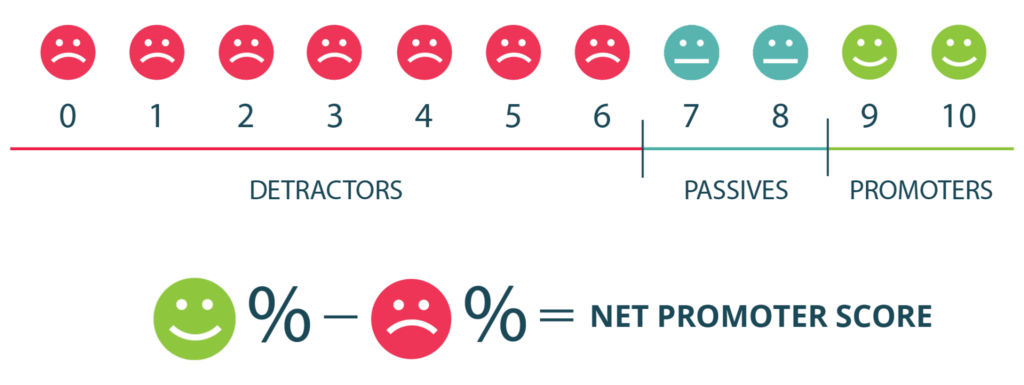
Adapt and Improve
As much as we hope your omnichannel marketing strategy is an instant success, there’s a chance that parts will need adapting and changing as you learn from your customers and the omnichannel data available to you.
Making use of omnichannel software, including inventory management for multichannel or synchronized inboxes can help to keep on top of your marketing across your platforms.
Also ensure the data and feedback you’re using is recent, reflecting your current clients and their patterns. Trends will come and go, leading to new forms of marketing or popularity on specific platforms. While you don’t have to follow all of them, keeping an eye on where your customers are and what’s engaging their interest can help your omnichannel marketing by prioritizing methods and channels of communication.
Get Started on Your B2B Omnichannel Marketing Strategy
Unifying your marketing channels for B2B customers isn’t something that happens overnight. It takes a lot of planning and effective workplace communications. The more information you have about your potential clients and the people you want to attract, the easier it is to strategize.
Omnichannel marketing is all about placing the customer at the heart of the experience, meeting their needs and providing them with information, wherever they are interacting with your business.
Within your omnichannel strategy, different channels have different roles in the customer experience, focusing on various parts of the marketing funnel. Use these to their full potential by creating content and campaigns that suit the platform, receive more engagement, and are better equipped to help new clients in their journey with your business.
Your omnichannel marketing strategy is essential for making sales with prospective B2B customers, and giving existing ones the customer experience and personalized suggestions they’re increasingly familiar with. Meet your clients with the experience they’re looking for with your B2B omnichannel marketing strategy.
Marketing Technology News: (ISC)² Appoints James Prather as Vice President of Global Marketing

